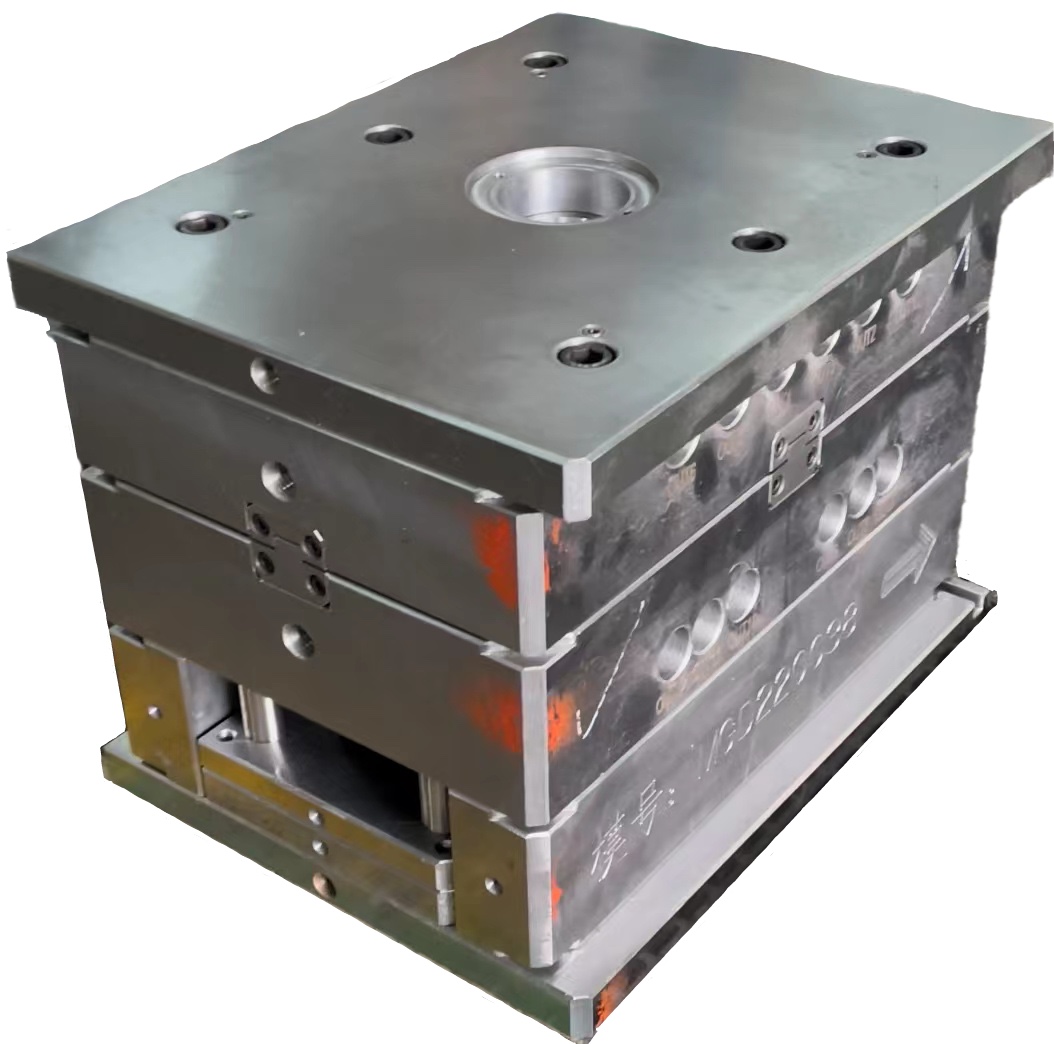Welcome to our comprehensive guide on the evolution and diverse applications of tool steel plates in Korean industries. As businesses and manufacturers in South Korea seek high-performance materials, understanding the significance of tool steel becomes more vital than ever. In this blog post, we'll walk you through what makes tool steel plates a critical element in various manufacturing processes, highlight how technological and industrial advancements have refined their application, and offer valuable tips for selecting the best types for your specific projects.
What Makes Tool Steel Plates Stand Out?
In its essence, **tool steel** refers to an alloy of iron with added carbon content as well as other elements such as chromium, vanadium, tungsten, or molybdenum, designed to maintain strength, wear resistance, and thermal stability at high operational temperatures. When manufactured into thick **steel plate form**, these unique properties empower heavy industries like automotive, aerospace, construction, electronics, machinery, defense—and particularly tool & die production—with durable and efficient raw resources for complex engineering requirements.
- Durability: Tool steels endure prolonged wear and impact, making them excellent for mold-making and punch-die configurations where consistency is key.
- High Hardness: Measured on Rockwell scales, most tool steels range between 58–65 HRC after treatment.
- Heat Tolerance: Many variations withstand thermal shock or exposure to elevated operating temperatures without losing shape (e.g., hot-work steels).
Key Point: Whether you're fabricating injection molds that require precise detail retention or forging tools needing corrosion-resistance in corrosive atmospheres, the right grade will be crucial!
A Timeline – The Industrial Evolution
Korea's journey with specialized steels started back in the late '60s when global demand for precision-engineered products spurred local metal industries to adopt foreign alloys and processing technologies. By the 1980s–1990s, companies including Hyundai HI-MET and POSCO began domestic production of modified AISI-standardized varieties.
- The Digital Era Integration: With Industry 4.0 taking roots since 2017, advanced CAD software allows engineers today to simulate stress conditions on parts long before they choose appropriate tool plates for manufacturing purposes.
- Environmental Compliance: Modern Korean factories prioritize using cleaner furnace treatments—especially those avoiding hexavalent chromium—which align better globally established emissions guidelines.
Core Varieties Utilized Throughout Korean Industries
There exists no one-size-fits-all classification for all industrial scenarios within South Korea. That’s why understanding classifications under standardized systems like ASTM (US), EN (Europe), and even Japanese JIS specs becomes invaluable for professionals sourcing stock from either local mills or import hubs in Busan, Incheon ports.
- O1 (Type: Oil-Hardening)
- Broadly used for low-stress cutting edges such punches/dies; ideal choice where minimal distortion during tempering preferred.
- H13 (Air Hardening / Hot Work Category)
- Favored by large scale foundries/metalcasting plants due especially favorable combination toughness vs temperature resistance
- A2 / D2 (Both are High Chromium Air-Hardeners)
- Distinguished via carbide structures—A2 balances abrasion resistance vs fracture toughness while D2 shines where extreme sliding abrasion present eg in cold rolling applications;
- S-series(e.g..5160 type spring-temper material ) *Note*: Less common usage today except specialty areas requiring maximum resilience against mechanical jarring/shock loading.
To learn more, consider visiting specialized metallurgy expos around Seoul's COEX area—there you can interactively test physical samples alongside sales reps or R&D personnel ready explain technical advantages of different options tailored towards Korea's unique use-cases (such as robotics arm joints subject cyclic bending load stresses!).
`
Application Spotlight: Precision Injection Molding and Die Casting
*One of THE major contributors* toward growth in adoption has been **precision-mold fabrication industries** in Daegu/Tongyeong-based districts where miniaturized mobile phone casings & PCB holders rely on intricate tool designs carved out off pre-optimized **block-form blanks cut via CNC machines then surface-polished manually for mirror gloss finishing touches required across certain product segments.- TIP: For cavity surfaces intended run over >200,000 production cycle targets - prefer nitrogen-treated variants or electro-slag refined (ESR-grade steels ) to ensure internal cleanness minimizing porosities responsible early micro-cracking onset phases!
Predicting Tomorrow: Emerging Trends and Innovations to Watch
As we venture further into the 21st century, innovative advancements in steel alloy formulation and heat treatment technology continue pushing the envelope on performance thresholds:- Hybrid coatings incorporating nanocrystalline nitrides deposited through sputtering technique*: *This helps significantly reduce friction coefficients along forming/sliding faces resulting higher longevity per single unit usage
- Laminated laser cladding applied atop standard blanks allowing localized strengthening at very affordable costs—a method already undergoing feasibility studies at Samsung Advanced Institute of Technology(SAIT)
- Adopting AI-powered thermomechanical analysis modules integrated directly inside smart mills' QC laboratories—for automatic grading/classification assistance prior any batch delivery occurs!
"In next few years expect much closer integration among upstream producers and mid-tier OEMs focusing on joint lifecycle development strategies targeting sustainability plus cost-reduction"

